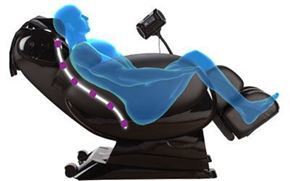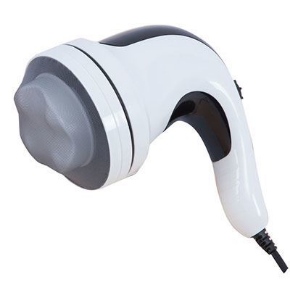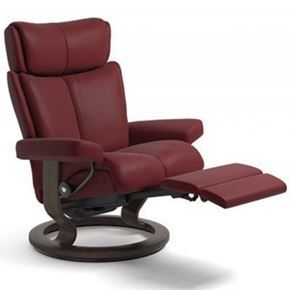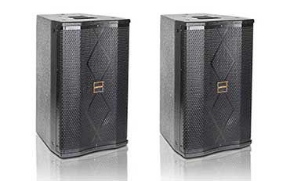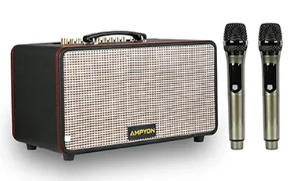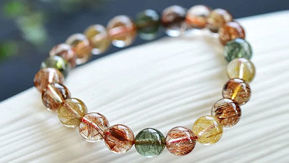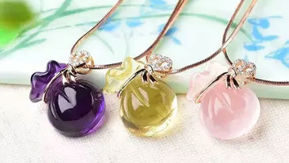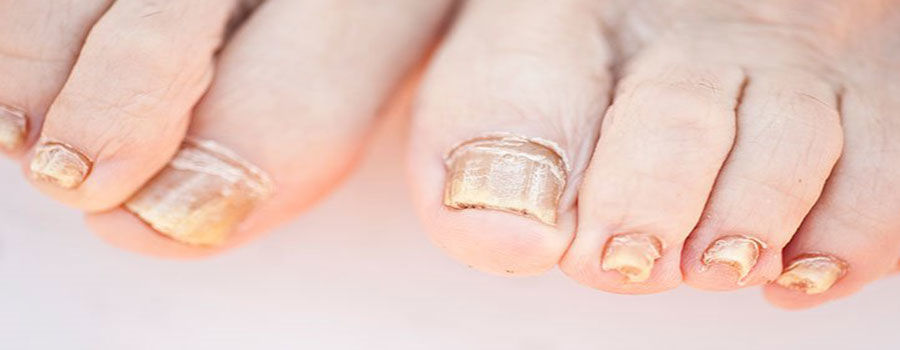
Nail fungus which is also known as onychomycosis is caused by a fungus which digests keratin (the protective outer layer of the hair, skin, and nails). The keratin gets produced in excess, and an over-produced keratin forces the nail to separate from the nail bed.
This reduces the growth of fingernails and even makes toenails grow more slowly. Once a fungus has attacked the nail, the infected area must grow out before all signs of infection will disappear. When infected, the nails become brittle, dull, and thick. The nail color also becomes dark due to the presence of dirt and debris under the nail.
This causes the infected nail to separate out from the nail bed. This condition is almost painless; however, there are times when the patient may feel some pain in the fingertips and toenails. In some cases, bad odor from the infiltrated nail may be given out. There is no fast remedy for nail fungus; you have to be patient with the treatment recommended to you.
CAUSES OF NAIL FUNGUS
Nail parasite originates from the collection of fungi named “dermatophytes”. This type of fungus finds it impossible to penetrate through the top layer of skin because they are not equipped to overpower the immune system of the host. They thrive in moist and dark areas, which is why toenails are the most common area of infection.
SYMPTOMS
A nail infection carries any of the following symptoms:
- Thickening and roughness
- Constant itch under nail
- Crumbling nail edges
- An odorous nail
- Discoloration of the nail
- Separation of the nail from the bed
- Pain on the affected toe
TREATMENT
- Tea Tree Oil
Tea tree oil is an essential oil that has all the natural ingredients needed to defeat this fungus. Use a clean cotton ball in applying the oil into the nail’s surface and the surrounding area daily. Lavender oil can also be combined with tea tree oil to help speed up recovery. These essential oils sink deep into the cell membrane of the fungi and cause separation and defragmentation.
- Hydrogen Peroxide
Use a cotton ball to apply hydrogen peroxide to your infected nails. After applying, make sure your nail dry thoroughly before even putting your socks and shoes. You can also try using vapor rub. Just make sure to apply an adequate amount to your nail fungus and cover with a cotton socks to prevent the vapor rub from damaging your furniture or clothing. Sleep with this treatment and wash in the morning.
- Antiseptic Mouthwash
This is another effective way to take care of nail fungus. Antiseptic mouthwash works the same way as the hydrogen peroxide or bleach would, but with no dangerous side effects. All you have to do is to soak your nails in antiseptic mouthwash after bathing. Leave there for about 30 minutes or even more. Repeat this process every day after bathing. The germ killing property of the antiseptic mouthwash will kill the fungus. Make sure you rinse your nails and dry them thoroughly after each treatment.
- Vitamin E
Vitamin E is a universally used antioxidant that prevents free radical damage from penetrating the toenail and causing damage on it. The use of vitamin E can disrupt the growth of the fungus by hindering it from causing further damage to the keratin. This means vitamin E should be an integral ingredient for all anti-fungal creams. Free radicals exacerbate a toenail fungus.
- Vinegar
Soak your nails in a solution of natural vinegar and warm water for around twenty minutes in the morning as soon as you wake or in the evening before you sleep. This is an easy practice and can be done even while you are watching a movie.
- Laser Treatment
Laser treatment has proven to be very effective to treat nail fungus. Lasers target the infected tissue in the nail without touching the healthy tissue. The advancement of technology has made this treatment very precise and much faster than the others.
DOs and DONTs
- Always keep your feet dry and use a clean towel to dry them immediately after swimming or bathing.
- Wear absorbent socks and avoid non-porous shoes made of synthetic material.
- Wear water-sandals when in showers.
- Ensure that you clean your socks in warm soapy water and try to change them regularly.
- Always keep your nails short.
- Do not borrow or lend a nail file, nail clipper, emery board, and the likes.
- Be sure of the hygiene whenever you visit a salon for a manicure or pedicure.
- Do not fix artificial nails if you have a fungal infection; they prevent the medication from reaching the nail bed.
- Use clean water and soap to wash your hands after touching your nails.
- Do not walk barefooted in public places.
- Do not trim your nails while you are treating nail fungus. Trimming your nails during any of these treatments means you risk cutting your skin. Indeed, the slightest cut allows another passage for the fungus to infiltrate and this could allow more infections.
Allow your nails to grow normally and use a clean file on them when they become too long or sharp. This will help the essential oils have a great impact on the fungus. Truly, those hiding their nail fungus are at risk of making it grow worse. You can try to hide the problem by trying to eliminate it.
It is very important to take several preventive measures in order not to allow the fungi spread and get any worse. Wearing absorbable socks, breathable, good-fitting shoes are good practices to be maintained. Once it is contained, it will be very easy to treat nail fungus.



